Why do Mushrooms grow with your Houseplant?
Our tendency is to think of houseplants as just plants, but each pot of soil contains an entire microscopic ecosystem. In the soil, there is a wide range of microbes, bacteria, and fungi, some of which are helpful to our houseplants and others that are harmful.
Mushrooms aren't uncommon in potted plants. But they may surprise you when you discover them growing among them. Often they seemingly sprout overnight only to disappear almost as fast. In this blog, we explore the reason for mushrooms growing in houseplants. Whether they are dangerous to you or your plant and how to prevent them.
Firstly though, what is a Mushroom?
Mushrooms are a type of fungi, one of the 6 natural kingdoms alongside animals and plants. The most common time to see mushrooms growing is during the mildly warm months of the year, this is usually Autumn and Spring. Mushrooms are formed during the Fungi’s reproductive cycle as a way to spread their spores. They often live in moist soil with an abundance of decaying matter, which they feed on to survive.
Mushrooms won't harm your houseplants but may indicate something requires attention. Let’s explore further…

3 Reasons Why Mushrooms Grow with Your Houseplant
The presence of mushrooms in your home can be attributed to three main reasons:
1. Mushroom Spores are airborne and exist everywhere
Mushrooms produce billions of microscopic spores that are spread by wind and water to new areas for growth. They can travel for long distances and find their way into many favourable places - including your potted indoor plants. The spores may have come in through the window, from other houseplants, in the plants potting soil, or via your clothing.
2. Mushroom Spores love rich potting soils and Compost
You’re more likely to discover mushrooms if you’re using compost or happen to have picked up a bag of humus rich potting soil. These are the fungi’s most favoured living environments: moist, warm, decaying matter. This Dead and decaying matter such as leaves and other plant materials is what the Mushroom producing fungi feed off of to survive. This is also why they do little to no harm to your houseplants.
3. Overwatering your Indoor Plants
Fungi love moist, humid and warm conditions to thrive. This is also most likely where they will find a rich food source, as moisture often hastens the rate of decomposition. Thus, excessively wet potting soil will damage the roots of your houseplant, potentially leading to death. Fostering the growth and flourishing of fungi.
Fun Fact: Fungi are genetically closely related to humans over plants and like us, fungi need food, water and oxygen to survive. They use their hyphae (part of the digestive system) to absorb nutrients, water, and oxygen from their surroundings and expel waste products and CO2.

Are Mushrooms harmful to Houseplants and Humans?
Generally speaking, mushrooms are not harmful to houseplants. They only feed on dead and decaying matter, and your plant is a living entity.
Humans are not threatened by mushrooms unless they consume a poisonous variety. If there are only adults in your home, then there would be no urgent need to remove them. However, should there be pets or young children around, then it is probably wise to move the plant out of reach and remove them.
How to Remove Mushrooms in your Houseplant?
Preventing and removing mushrooms from your houseplants can be trickier than, say, dealing with common houseplant pests. This is because the Spores of Mushrooms spread easily and are so Microscopic that it can be hard to spot them unless they have formed large colonies. The only way to eliminate them completely is to get rid of the houseplant. While no one wants to go to extremes, we've compiled a few options for how to treat and prevent mushrooms.
Scrape off the Mushrooms
The first thing you should do when discovering Mushrooms in your indoor plant is to isolate them away from your other houseplants. This will help keep the spread of spores down to a minimum. Remove the top 2 - 3 cm of topsoil from the planter, including the Mushrooms, and discard in an airtight container or plastic bag, and throw into the bin. If you make your own compost, try to avoid adding this into your compost, as this will just encourage the spread of the fungi. Top up your potted plants with fresh sterile soil.

For repetitive or excessive Mushroom growth, re-pot your plant
Follow these steps to eliminate mushrooms that repeatedly bloom in your house plant.
- Repot houseplants away from other indoor plants in cases where they have mushroomed. Choose a potting soil that is either soilless, such as Coco Peat, or is stated to be sterile, a common aspect for indoor potting mixes. Avoid using garden compost in your mix.
- Remove the plant from its container, you can reuse this container, however, wash it out with hot soapy water and spray it down with either Rubbing Alcohol or a Fungicide, before using it again. Otherwise, use a fresh clean planter.
- Wash all the soil off of the roots of your houseplant, be careful to not damage any roots in the process and be as delicate as possible. Though try your best to remove as much soil as you possibly can, to avoid spreading any spores.
- Re-pot your plant in fresh soil with some added Perlite to help with drainage and loosen up dense humus-rich potting soils. Be sure not to overwater your plant, as this will lead to root rot.
Read up more on Identifying Over vs Underwatering in Indoor Plants and our Guide on Repotting Houseplants.

How to Prevent Mushrooms in your Houseplants?
Water plants correctly
When discovering Mushrooms in your potting soil, we recommend checking how wet your plant's soil is. If you find the soil excessively wet, remove the mushrooms by scraping them off, and allowing the Potting soil to dry completely. This will both create an unfavourable environment for Mushrooms to grow, as well as help your plant recover from being overwatered.
Most houseplants like a period of drying out between each watering and do not like staying wet for too long. Check out our Plant Care Instructions for detailed plant care for your specific house houseplant.
Sprinkle ground Cinnamon on your Potted Plant soil
If you find that you often get mushrooms in your Potting soil, even if you don't overwater, then consider using ground Cinnamon as a preventive measure. Cinnamon is a known antifungal and antibacterial agent. Thus sprinkling a thin layer over the top layer of your Potting soil is an easy and natural way of preventing Mushrooms.

Remove debris from your potted Plants
It is good practice to remove any fallen or dead leaves from your indoor plants, especially if they are gathering on the topsoil. This will not only avoid them from breaking down and encouraging fungal growth but will also help prevent pests such as Fungus Gnats from making their home in your houseplants.
Houseplants are rarely damaged by mushrooms and are generally an indication of other problems in the growing environment. To prevent your houseplants from acquiring mushrooms, follow our steps on managing fungal growth to keep your houseplants happy and healthy.





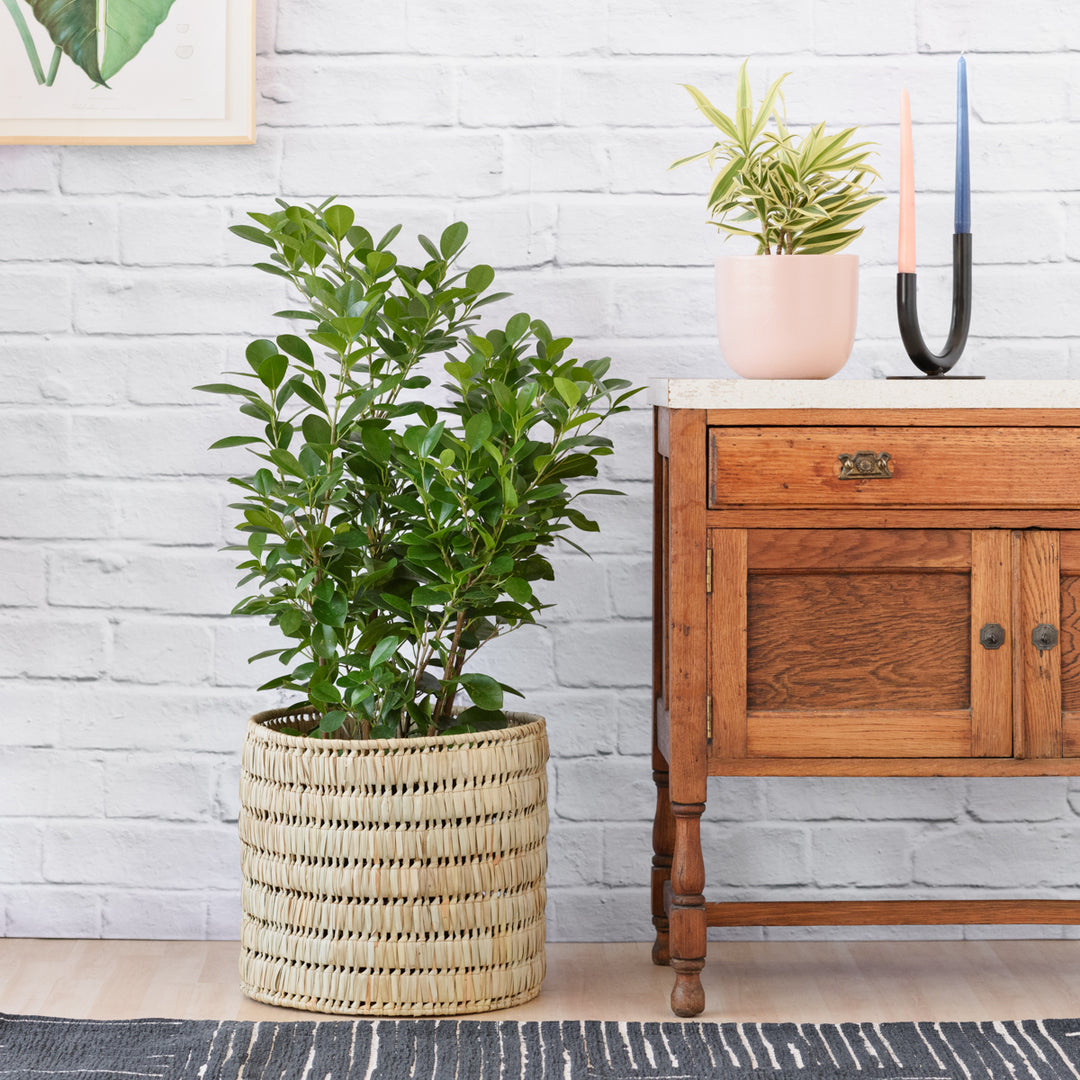
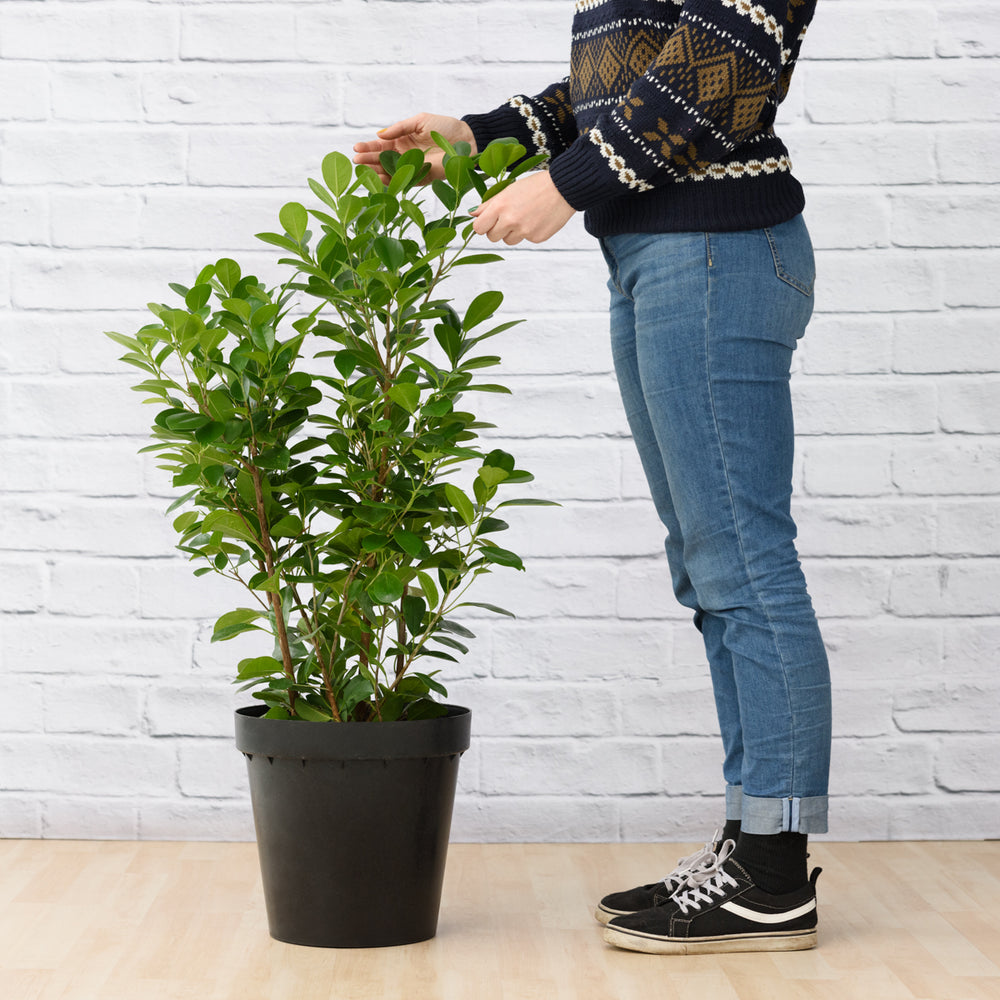

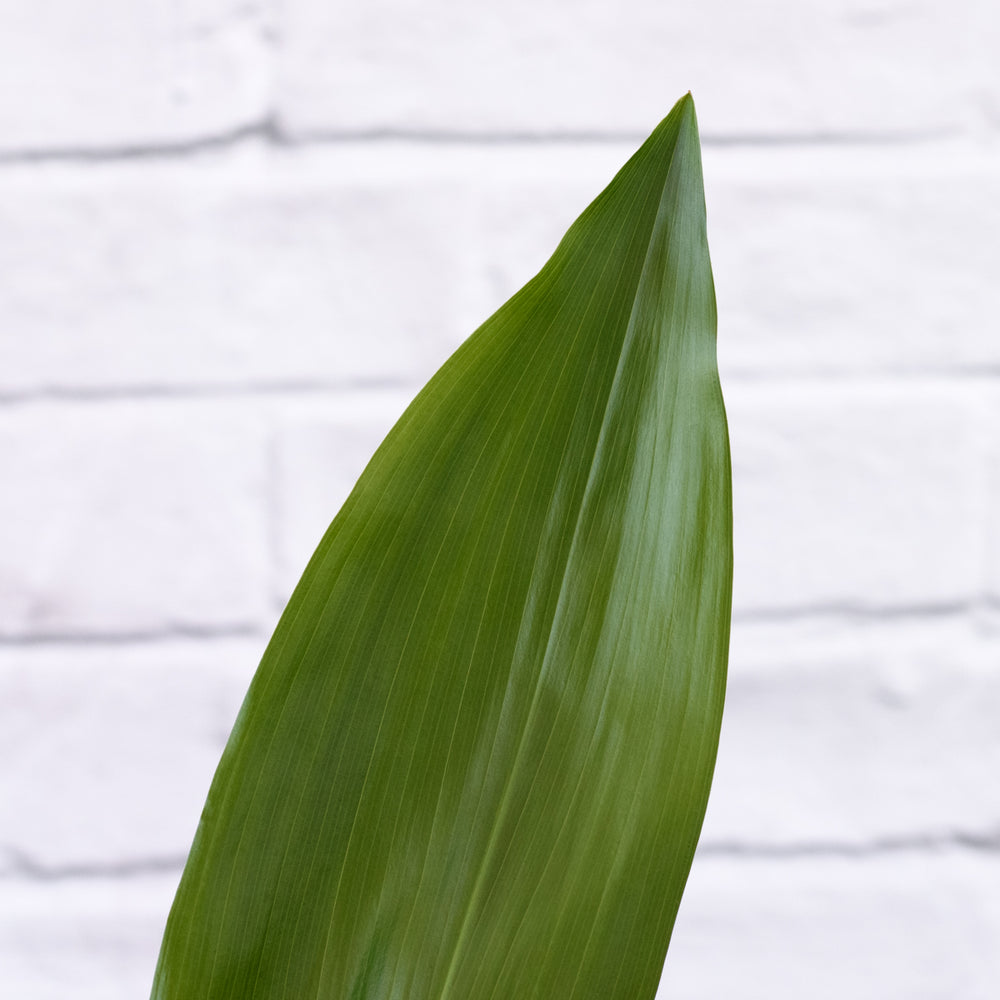
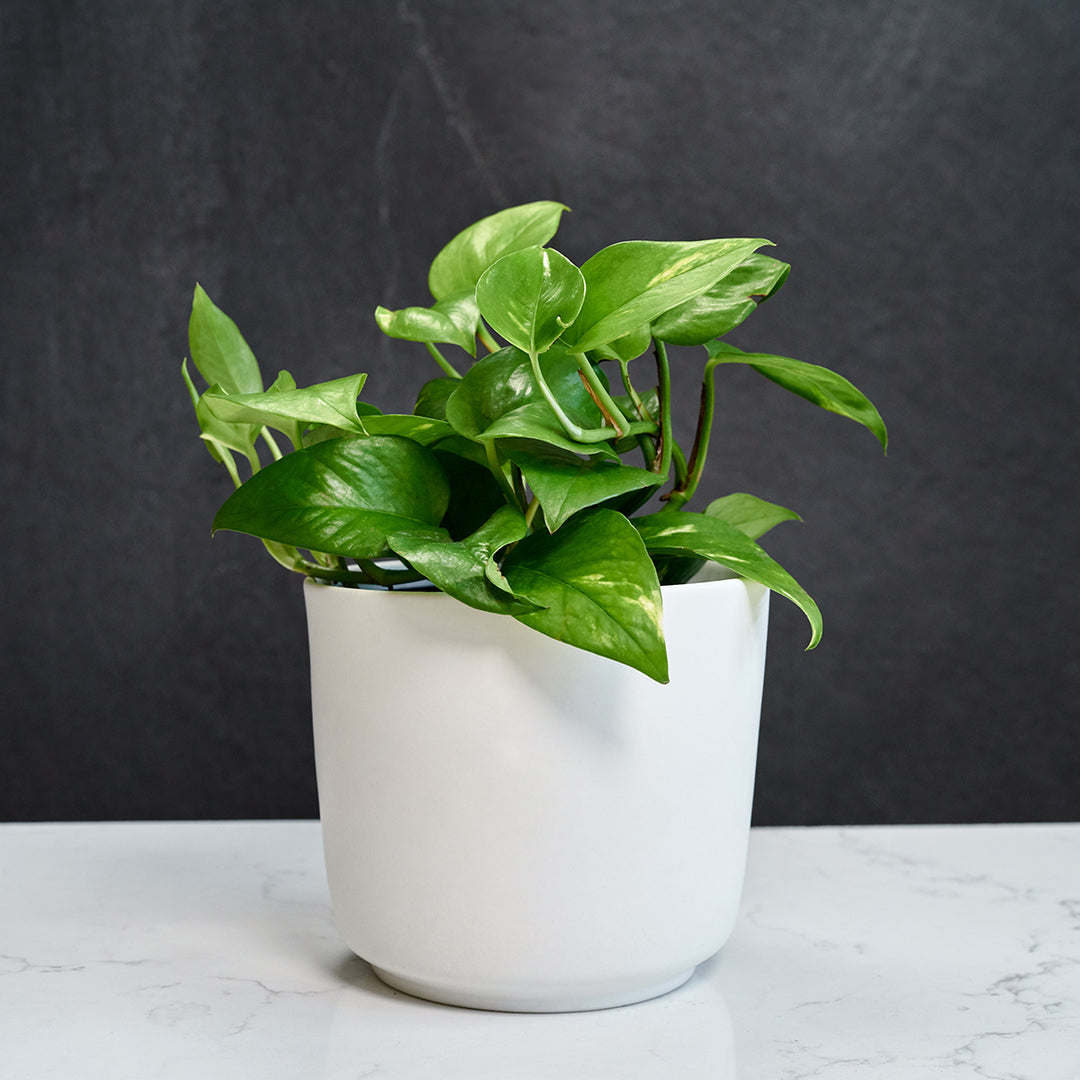
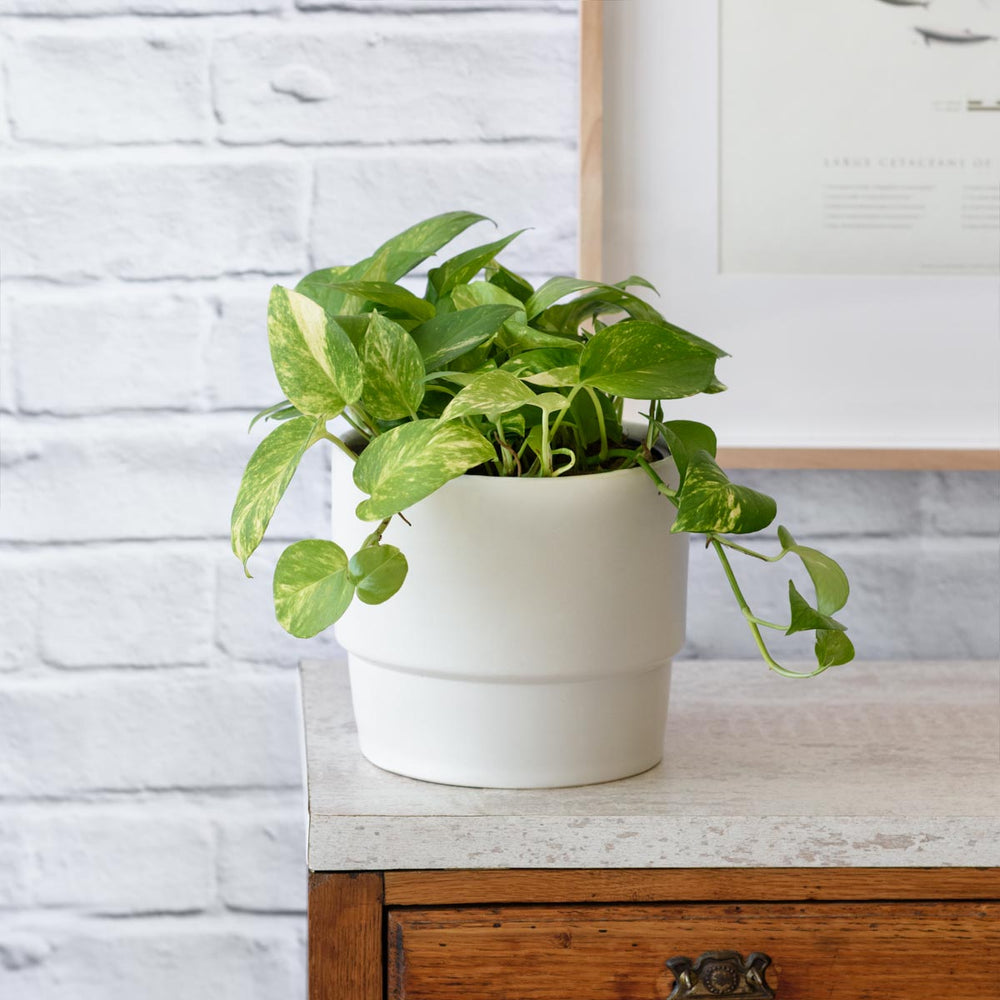

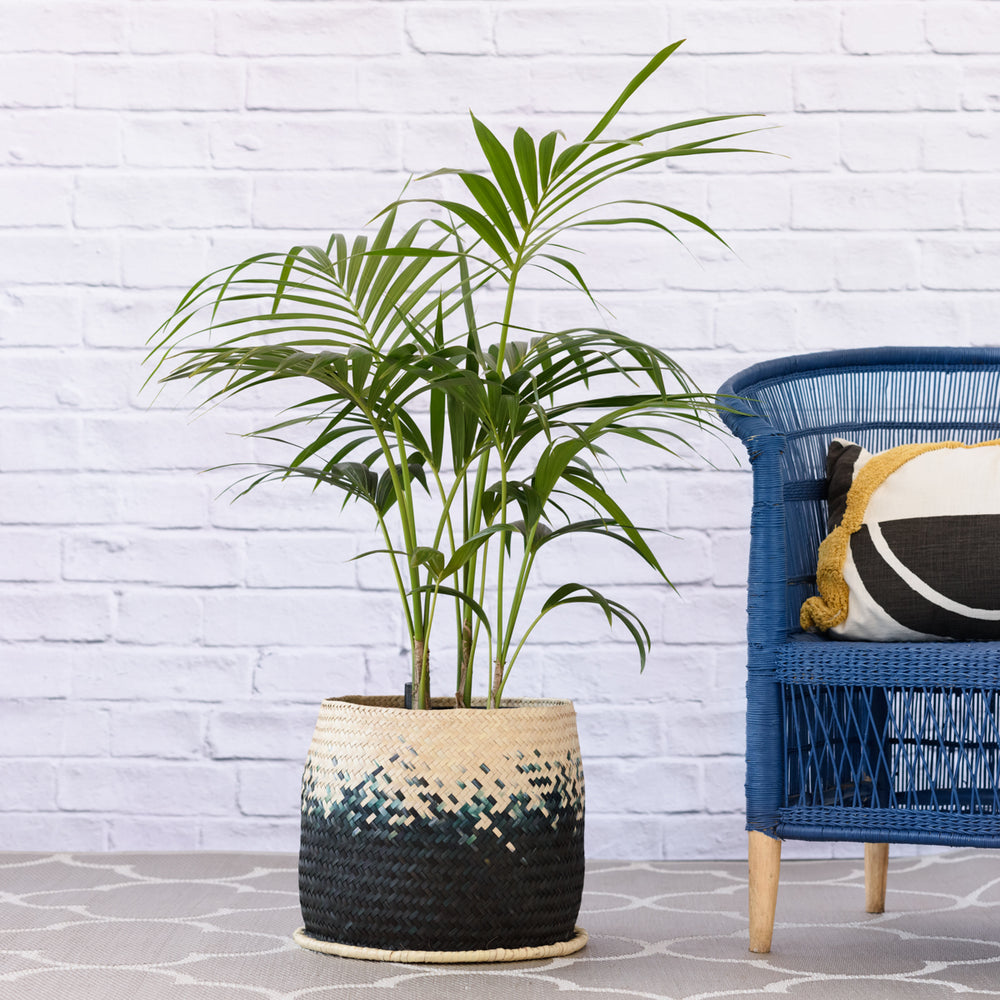
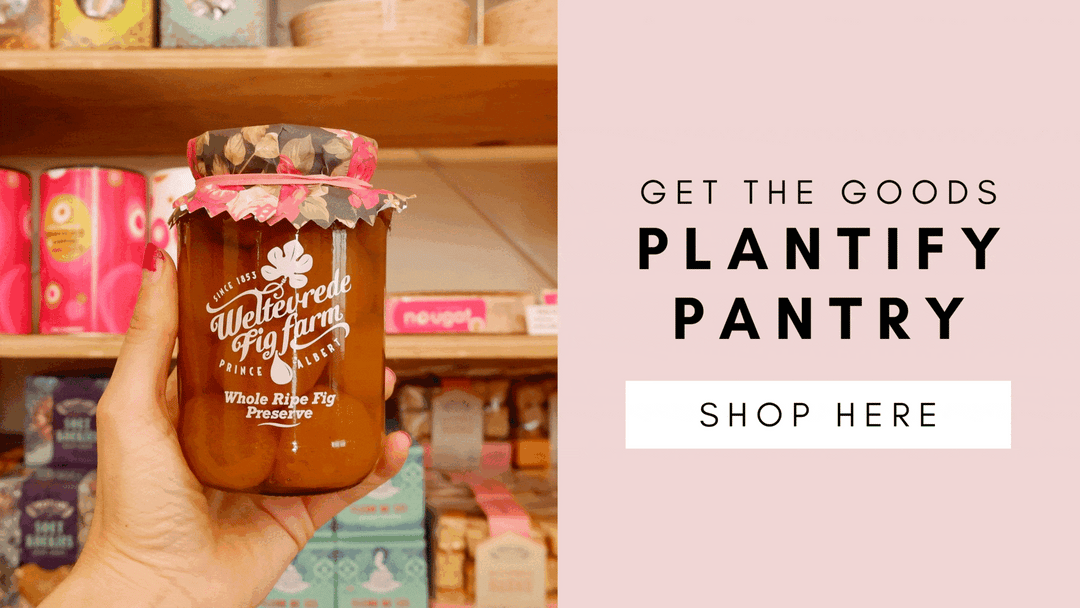
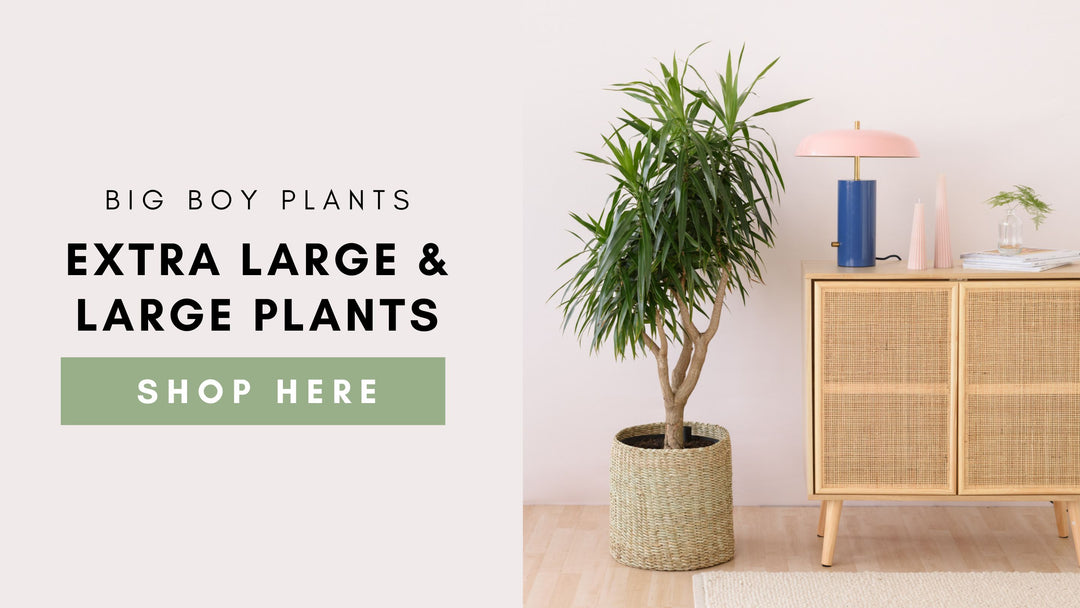
Leave a comment